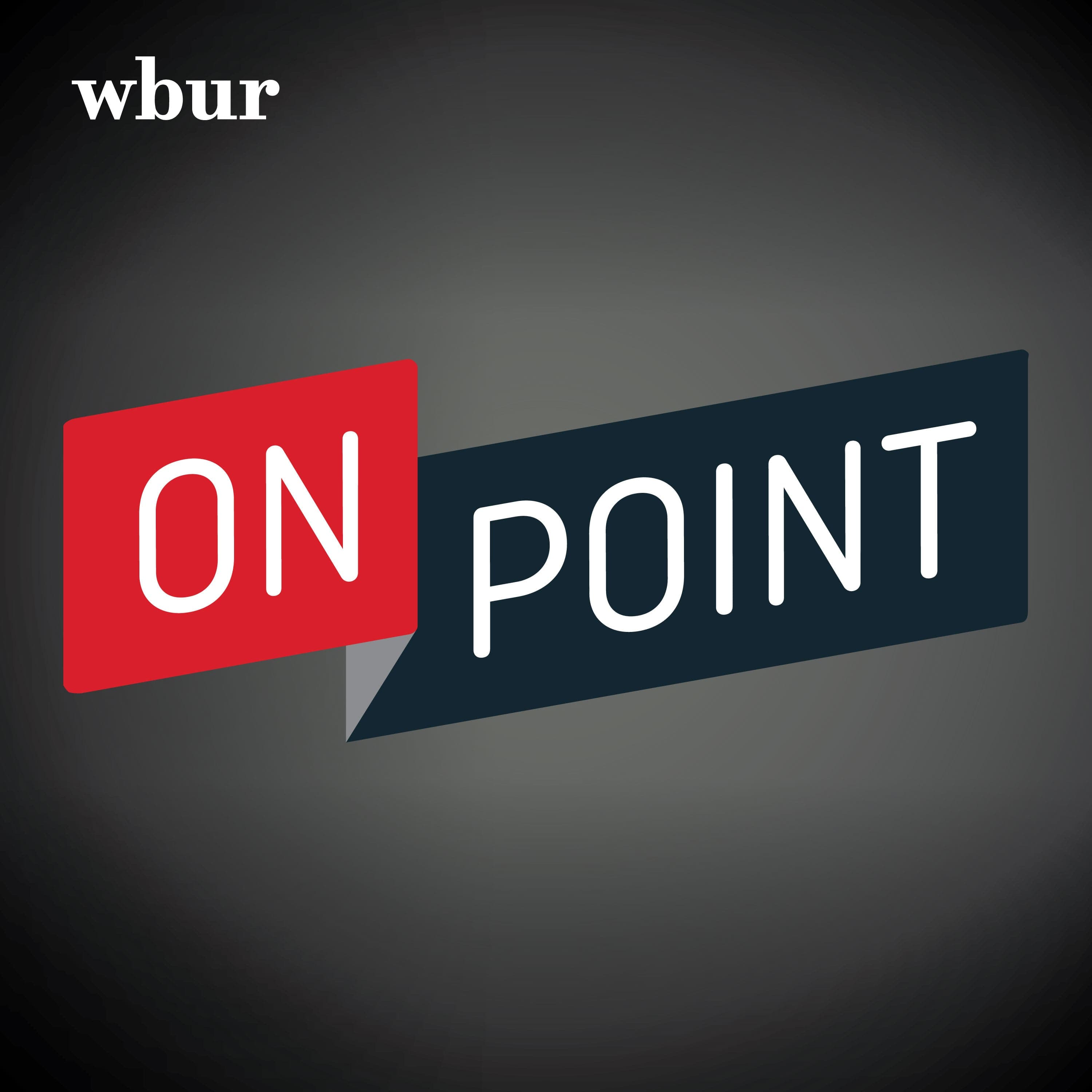
The future of cannabis research and regulations

On Point | Podcast
Deep Dive
Why has daily cannabis use become more common than daily alcohol use in the U.S.?
Cannabis use has become more socially and culturally accepted, with fewer legal risks due to state legalization. Additionally, the price of THC has dropped significantly, making it more affordable and accessible. These factors, combined with a cultural shift, have led to a 15-fold increase in daily cannabis use since 1992.
How has the price of cannabis changed over the years?
The price per milligram of THC has declined by about 80% without adjusting for potency, and by 90% when factoring in increased potency. This significant price drop has made cannabis more affordable and contributed to higher consumption rates.
What are the potential risks of increased daily cannabis use?
There is limited research on the health and behavioral consequences of consuming higher potency cannabis or larger amounts. The average daily user consumes 320 milligrams of THC, which is eight times more than what has been studied in most research. This gap raises concerns about long-term effects.
How does cannabis use differ between medical and recreational users?
Medical users are more likely to use cannabis daily, often for conditions like pain or sleep disorders. Recreational users may consume less frequently but in higher quantities. The reasons and patterns of use vary significantly between the two groups.
What is the current status of cannabis research in the U.S.?
Cannabis is still classified as a Schedule I drug, which imposes strict restrictions on research. Researchers must obtain cannabis from a single federally approved source, making studies more difficult and expensive. However, there are efforts to reschedule cannabis to Schedule III, which could ease some restrictions.
What are the challenges in conducting cannabis research?
The Schedule I classification requires special procedures, safes, and strict tracking of cannabis, making research costly and complex. Additionally, researchers can only obtain cannabis from a single source, limiting the variety of strains and potencies available for study.
How does the potency of cannabis today compare to previous generations?
The potency of THC in cannabis has increased significantly. In the 1990s, THC concentrations were around 4%, but today they average around 20%. Some products can even reach 90% potency, which is five times higher than previous levels.
What are the potential benefits of cannabis use compared to alcohol?
Many users report that cannabis provides a clearer mind and better control over their body compared to alcohol. It is also perceived as less risky, with fewer negative side effects like hangovers or impaired judgment. Edibles, in particular, are considered less harmful than smoking.
What are the concerns about cannabis use among teenagers?
While teenage cannabis use has not increased with legalization or price drops, there are concerns about the long-term effects on brain development, particularly in emerging adults aged 18-25. Some studies suggest an increased incidence of psychotic disorders among younger users.
How does the legal status of cannabis affect its regulation and consumer trust?
Legal cannabis is generally more regulated and safer than the black market, with better labeling and testing. However, there is no federal oversight, leaving states to set their own standards. This can lead to inconsistencies and gaps in consumer protection, especially with newer products like Delta-8 THC.
Shownotes Transcript
Americans are now more likely to use cannabis than alcohol on a daily basis. But as cannabis use continues to climb, are research and policies keeping up?